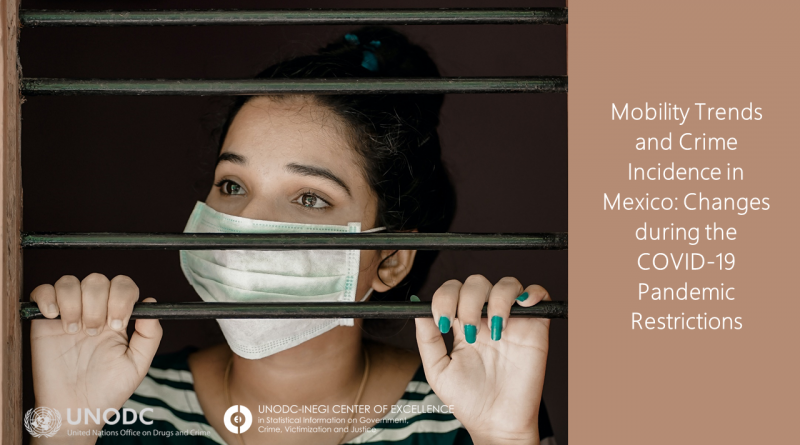What changes did the COVID-19 pandemic restrictions leave on mobility trends and crime incidence in Mexico?
When the World Health Organization declared the COVID-19 pandemic in March 2020, countries around the world had to react immediately to prevent contagion in the population. Most governments opted to implement quarantine periods for people exposed to the virus, physical and/or social distancing, as well as confinement. These measures not only had an impact on the health sector, but also left a series of unforeseen consequences in different sectors, specifically in the incidence of crime in several countries, including Mexico.
For example, for Baja California and Mexico City, the trends in mobility and incidence of pedestrian robbery remained similar from March 2020 (when the first mobility restrictions were implemented to prevent the spread of COVID-19) to October of the same year. On the other hand, the incidence of intentional homicides and the mobility trend behaved differently between states such as Baja California, Mexico City and Quintana Roo.
Comparisons such as these illustrate the different trends in some crimes in Mexico, from the moment the COVID-19 pandemic was officially declared, and from the point at which different measures were put in place to control it. Although there is some coincidence between mobility trends and crime incidence, it is important to consider other variables that could influence this, such as: the reduction of on-site work in offices to file police reports, victims’ fear of being infected by COVID-19 when they go in person to report a crime, among others.
If you want to know more about this topic, do not miss this and more articles in our blog: https://cdeunodc.wordpress.com/2022/08/26/mobility-and-crime-trends-in-mexico-shifts-during-covid-19-pandemic-restrictions/



